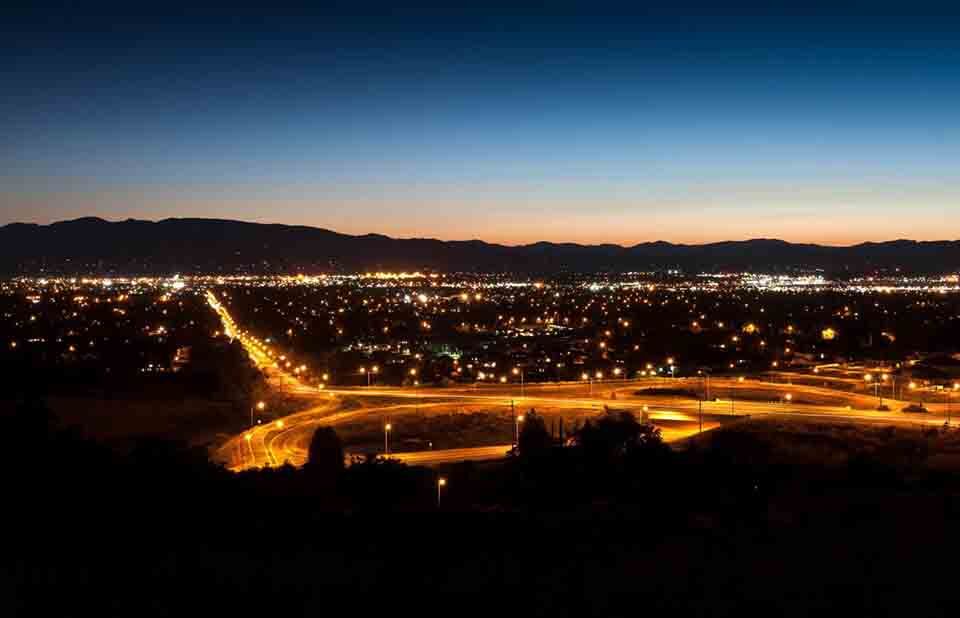Southern Oregon Property Insurance Sees Massive Shifts Following Wildfires

Facing a new era of risk in the light of climate-driven wildfires, insurers and residents are battling to adapt, with rural property owners facing the brunt of the changing world as insurance rates go up or in some cases- property owners struggle to get cover.
Since the 2020 Labor Day fires destroyed parts of the state- with nearly $3 billion in losses, property owners across Southern Oregon have faced an ongoing flow of communications from insurance companies- whether it’s increases, a threat to cancel, or difficulty finding insurance, according to state Rep. Pam Marsh, a Democrat, representing southern Jackson County.
National Insurance Shake-up As Natural Disasters Eat Into Profits
Published in May, a New York Times investigation showed that homeowners insurance was unprofitable in 18 states in 2023. This prompted insurers to raise premiums, cancel policies, or completely leave states.
Driven mainly by natural disasters related to climate change such as wildfires in the western states, hurricanes in Florida, and major storms and flooding in the Midwest, as climate change escalates, insurers- who carry the weight of the disasters, are experiencing more pressure.
Without insurance, homeowners won’t be able to get a mortgage. This could result in a domino effect, with declining property values reducing tax revenues across counties- funding vital for schools and other essential services.
California is experiencing a crisis as companies like Allstate and Farmers Direct are not underwriting new policies or renewing existing ones in reaction to legislation that made it difficult, if not impossible, to stay profitable.
California insurers can’t raise rates more than 10% without a lengthy review process and are also prohibited from using “catastrophe modeling” to predict disasters such as wildfires and storms when setting insurance rates. Many of the industry’s largest companies responded by simply leaving the state. Russ Schweikert, a partner at Ashland Insurance said, “The good news in Oregon is that we’re not California”
Home Insurance In Southern Oregon
The reasons behind the rising premiums and shrinking choices are a combination of many things happening at the same time but affecting consumer’s wallets in a big way.
With 105 companies operating within the state at the end of 2022, Oregon still has a robust home insurance market and strong consumer protection laws such as HB 82 which requires insurance companies to notify property owners when premium increases are related to wildfire risk.
Insurers must also indicate mitigation actions property owners could take that could result in benefits such as discounts, incentives, or other premium adjustments. These requirements create transparency.
Insurance companies don’t only rely on selling insurance to make profits but also invest money from premiums, often in the stock market or real estate.
In a strong economy, it’s not a good time to buy stocks, and as occupancy rates in commercial buildings are still flagging after the pandemic, real estate is less attractive. Insurers are now relying on selling insurance to be profitable but reinsurance rates have also increased.
Property Owners Struggling To Find Insurance Cover
Greg White, owner of Reinholdt & O’Harra Insurance in Ashland said that the higher up in the woods you get in Ashland, the fewer the insurance options. Based on wildfire score, insurance companies may say ‘No, thank you.’
Insurers don’t rely on the Oregon Statewide Wildfire Hazard Map created by Oregon State University, and each company has its own way of calculating the wildfire risk. Those homeowners who can’t find coverage elsewhere can look at the FAIR plan, a state-sponsored insurance pool.
One of the majority of states with this option of last resort, Oregon’s FAIR plan premiums are higher, and coverage is capped at $600,000, but the number of Oregonians taking advantage of the FAIR plan is “astoundingly low,” according to Marsh.
There is an upward trend in policies written, largely driven by the issue of wildfire concerns, as the majority of standard carriers pull out of high-risk wildfire areas.
Some insurers are seeking ways to give a discount for the Firewise program, where neighbors take collective measures to “harden” homes and create defensible space around structures and this could prompt more communities in high-risk zones to do so.
Mitigating risk at all levels in forests, from homeowners and neighborhoods, is the best way to ensure Oregonians have the benefit of a competitive insurance market.
